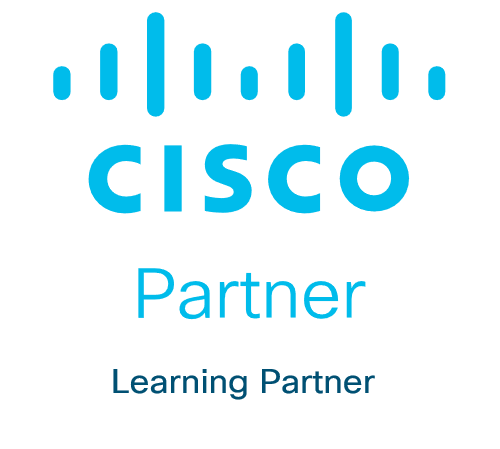What you’ll learn
Training overview
Objectives
After taking this training, you should be able to:
- Describe the Layer 2 and Layer 3 forwarding options and protocols used in a data center
- Describe the rack design options, traffic patterns, and data center switching layer access, aggregation, and core
- Describe the Cisco Overlay Transport Virtualization (OTV) technology that is used to interconnect data centers
- Describe Locator/ID separation protocol
- Design a solution that uses Virtual Extensible LAN (VXLAN) for traffic forwarding
- Describe hardware redundancy options; how to virtualize the network, compute, and storage functions; and virtual networking in the data center
- Describe solutions that use fabric extenders and compare Cisco Adapter Fabric Extender (FEX) with single root input/output virtualization (SR-IOV)
- Describe security threats and solutions in the data center
- Describe advanced data center security technologies and best practices
- Describe device management and orchestration in the data center
- Describe the storage options for compute function and different Redundant Array of Independent Disks (RAID) levels from a high-availability and performance perspective
- Describe Fibre Channel concepts, topologies, architecture, and industry terms
- Describe Fibre Channel over Ethernet (FCoE)
- Describe security options in the storage network
- Describe management and automation options for storage networking infrastructure
- Describe Cisco UCS servers and use cases for various Cisco UCS platforms
- Explain the connectivity options for fabric interconnects for southbound and northbound connections
- Describe the hyper converged solution and integrated systems
- Describe the system wide parameters for setting up a Cisco UCS domain
- Describe role-based access control (RBAC) and integration with directory servers to control access rights on Cisco UCS Manager
- Describe the pools that may be used in service profiles or service profile templates on Cisco UCS Manager
- Describe the different policies in the service profile
- Describe the Ethernet and Fibre Channel interface policies and additional network technologies
- Describe the advantages of templates and the difference between initial and updated templates
- Describe data center automation tools
Prerequisites
Before taking this training, you should be able to:
- Implement data center networking [Local Area Network (LAN) and Storage Area Network (SAN)]
- Describe data center storage
- Implement data center virtualization
- Implement Cisco Unified Computing System (Cisco UCS)
- Implement data center automation and orchestration with the focus on Cisco Application Centric Infrastructure (ACI) and Cisco UCS Director
- Describe products in the Cisco Data Center Nexus and Multilayer Director Switch (MDS) families
To fully benefit from this training, you should have completed the following trainings or obtained the equivalent level of knowledge:



